Driving This Legendary BMW M3 Race Car Was a Dream Come True
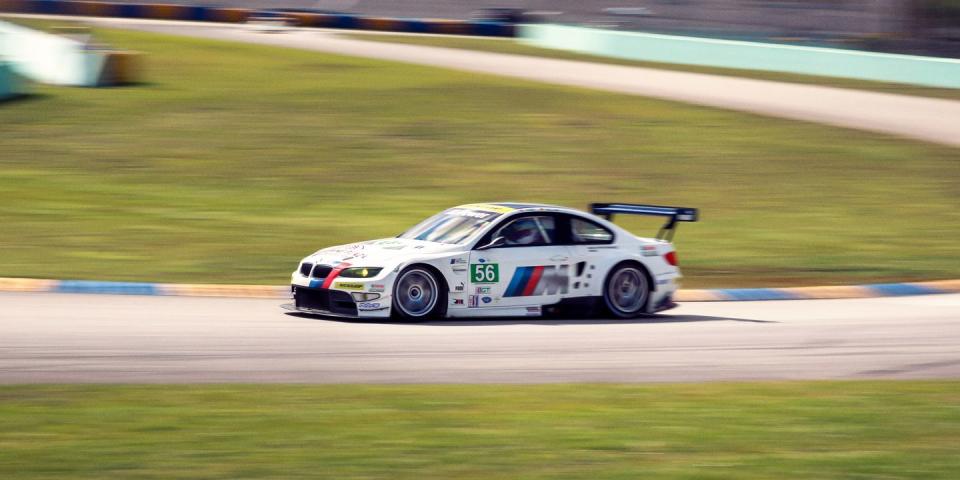
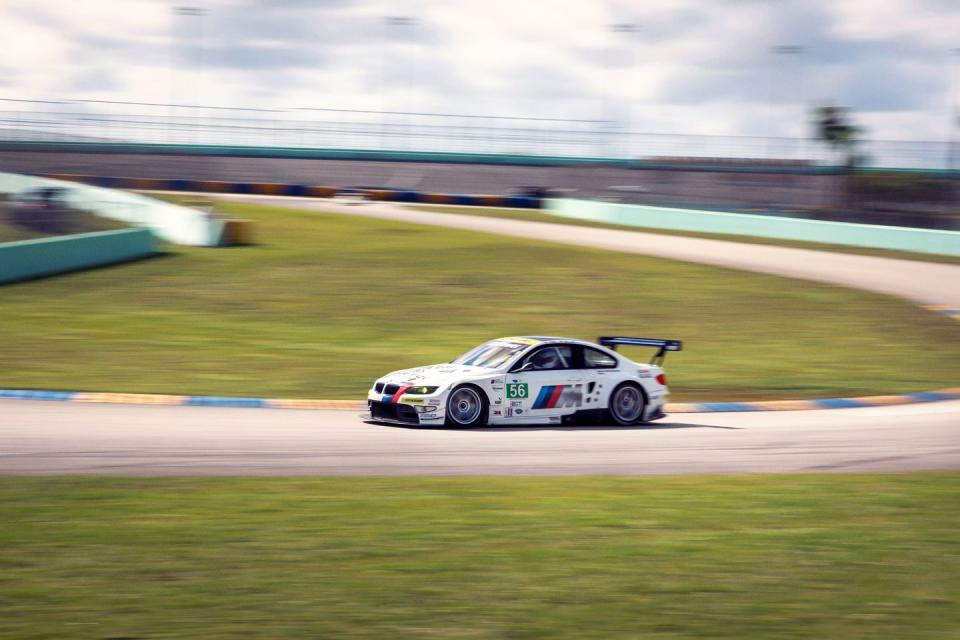
Back in high school I was obsessed with Forza Motorsport 4. If I wasn’t in class or sleeping, you’d find me in front of the TV, squeezing out that last tenth on tracks like Maple Valley Raceway, desperate to put my Gamertag on top of Forza’s global leaderboards.
For most races my choice of car was the same: The #79 Jeff Koons BMW BMW M3 GT2 Art Car. My teenage brain was drawn to the car’s flashy exterior, and it helped that I was already a bit of a BMW fanboy (much of my early driving career was spent at the wheel of mom’s E90-generation 328i xDrive). Plus, it was fast.
The E92 GT wasn’t just fast in the virtual world. Versions that raced in the American Le Mans Series took two class championships over three seasons, beating out the legendary Flying Lizard 997 GT3 and the mighty factory-backed Corvette C6.R.
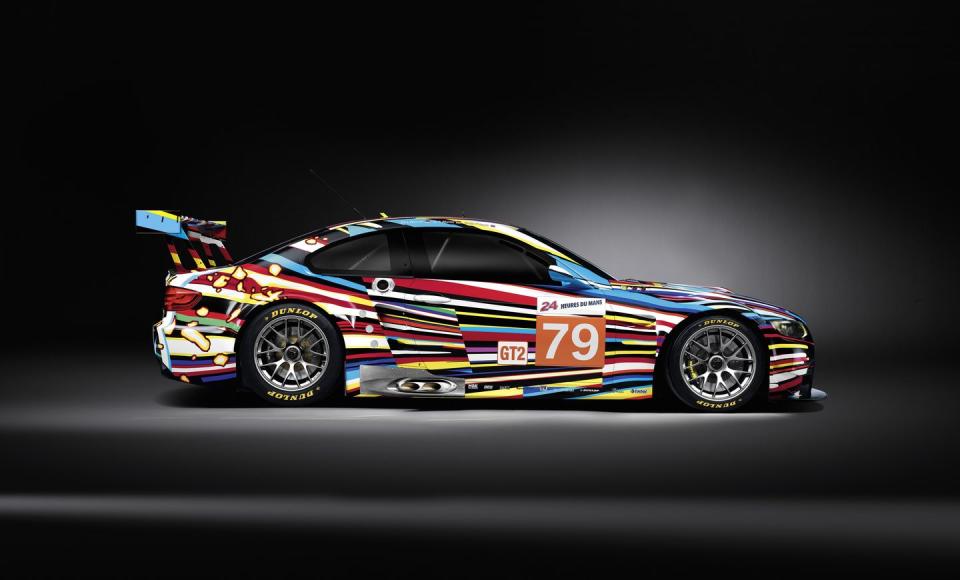
I’d often wonder how the M3 GT felt to drive. It seemed so fun and easy in the game, but pixels and controllers can’t tell the whole story.
BMW USA’s race team was kind enough to offer me a handful of laps while its E92 GT was out for a season-opening shakedown at Homestead-Miami Speedway. I was there for our exclusive first track test of the new M2. Between sessions, I’d hover by the team’s collection of race cars. Alongside the M3 GT was its replacement, the Z4 GTE, as well as an M8 GTE, an E46 M3 GTR, and an M1 IMSA Group 4 testing its newly rebuilt engine. All legends in their own right. But only one truly mattered to me.
Getting this close to an M3 GT is a revelation. No video game can do the car justice. Its impossibly low stance, the ultra-wide fenders, the dramatically rearward seating position; the nuances you don’t notice in the video game stand out when you’re in its presence. Inside, you sit just millimeters off the floorpan, surrounded by steel roll cage bars and a seat halo. Your butt sits about a foot farther back than in a roadgoing M3, putting your shoulders roughly in line with the B-pillar. Like most proper race cars, the M3 GT feels claustrophobic until you’re actually on the move.
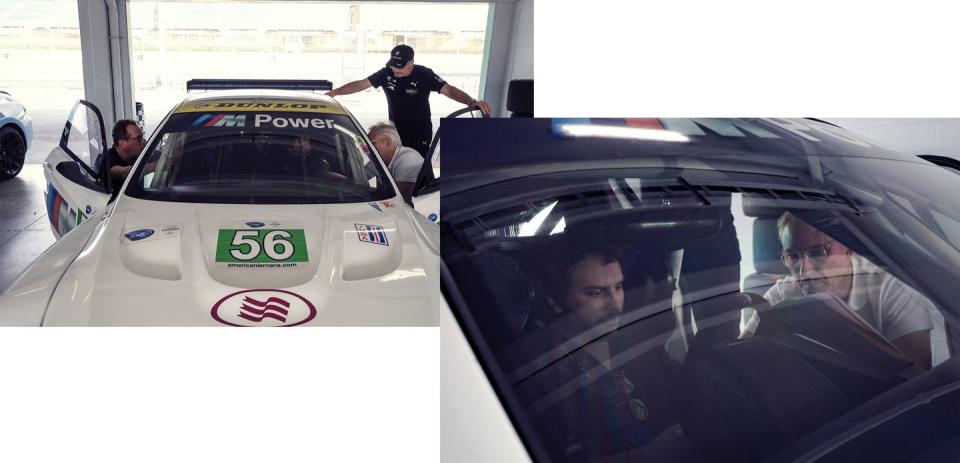
The dashboard and controls do nothing to remind you you’re driving something based on a street car. Front and center sits a button-riddled steering wheel that, ironically, reminds me a lot of a wheel you’d see on a simulator setup. Beyond the wheel, a small digital display shows data like speed, rpm, and current gear. Above that, a set of shift lights. Where the iDrive screen and climate control would normally exist sits a handful of switches to activate things like the fuel pump, power, ignition, and series-mandated air conditioning.
The M3 GT’s footwell houses wide pedals for the clutch and brake, with a slightly thinner slate of metal for the throttle. Unlike the street car, which offered either a traditional manual or a dual-clutch, this car uses a six-speed sequential transaxle from Xtrac mounted at the rear, improving weight balance longitudinally while making room for the engine to be mounted as far backward into the body as possible. Earlier versions had a console-mounted lever for shifting, but this one—chassis 1102—has paddles on the steering wheel. The only time you need to use the clutch is leaving from a stop; the ECU will even blip the throttle for you on downshifts.
Before getting behind the wheel myself, I was lucky enough to get a few laps as a passenger with BMW factory ace Bill Auberlen. Auberlen’s been racing BMWs since the late Nineties. He’s driven two 24 Hours of Daytona events behind the wheel of E92 M3 GTs just like this one. He had absolutely no trouble getting right up to speed at Homestead, taking turn one completely flat, which I didn’t think was possible in anything other than an open-wheeler. Even with practice, there’s no way I could’ve gone this quickly.
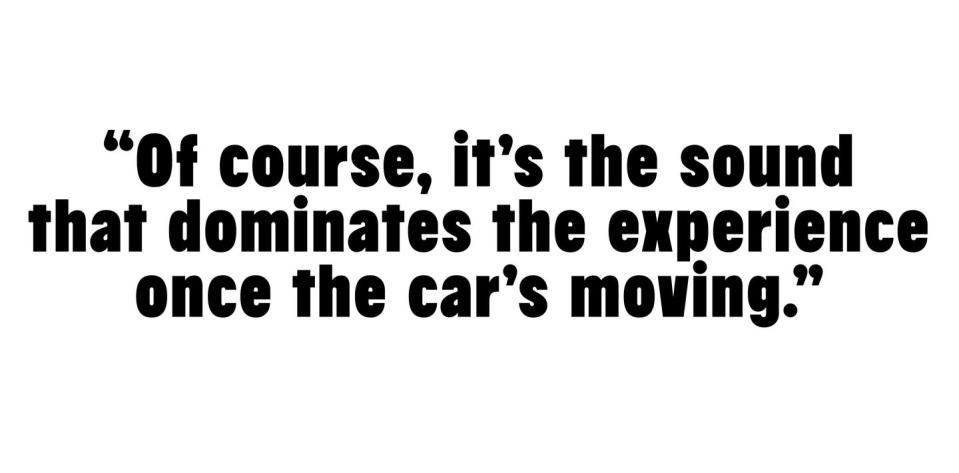
From the right seat, you notice the vibrations. The M3 GT’s engine, a 4.0-liter V-8 codenamed P65, is bolted directly to the chassis without any damping mounts. While displacement may mirror the street car’s V-8, the parts in the GT’s all-aluminum motor are bespoke. Inside the alloy block sits a forged steel crankshaft, steel connecting rods, and fully skirted forged aluminum pistons, according to Racecar Engineering. There’s no counterweight to balance the engine, which means a borderline-unbearable shakiness rattling the car’s cabin at idle.
Thankfully once you’re in the meat of the powerband, that vibration goes away. The P65 can rev to 8750 rpm, 250 higher than the street car’s engine. By the end of its life the P65 was rated at 500 hp and 368 lb-ft, more than enough for the roughly 2800-pound racer to humble most modern supercars on a race track. Of course, it’s the sound that dominates the experience once the car’s moving. You have to wear earplugs if you’re inside or you will suffer permanent hearing damage.
Chassis 1102 lived an exciting life before it arrived at Homestead. It was instrumental in BMW’s Rahal Letterman Racing team securing the ALMS championship, competing extensively as the #55 car throughout the 2011 season with Auberlen and Dirk Werner behind the wheel. For 2012, chassis 1102 was relegated to a reserve role in case either of the two starting cars had an incident. That didn’t keep it from being involved in a crash during testing in June 2012 at Virginia International Raceway. The car was rebuilt in time to step in for the #56 after it crashed at Road America in August that year. With drivers like Dirk Mueller, Jonathan Summerton, and Joey Hand at the wheel, chassis 1102 would finish out the season as the #56 car. Its last professional event was Petit Le Mans, 2012. It finished fourth.

 Yahoo Autos
Yahoo Autos 